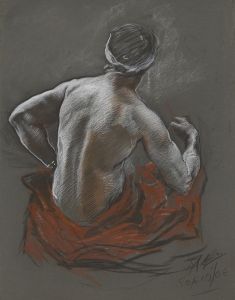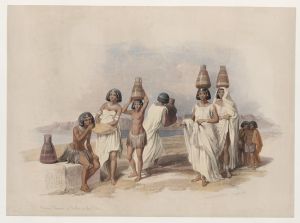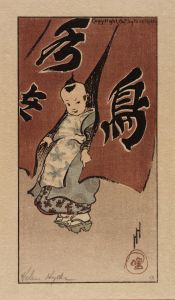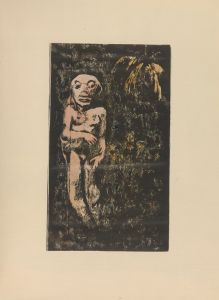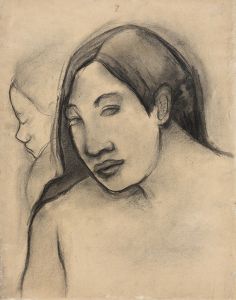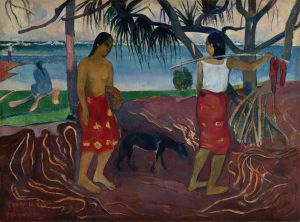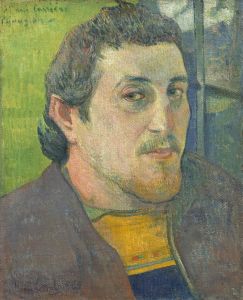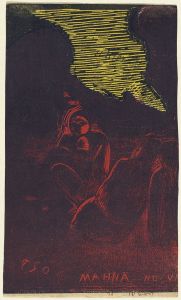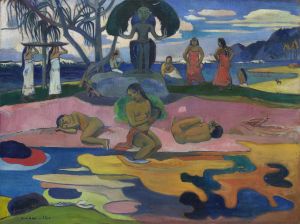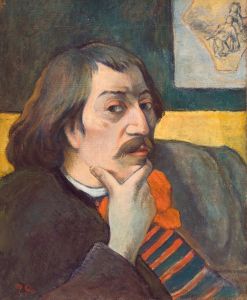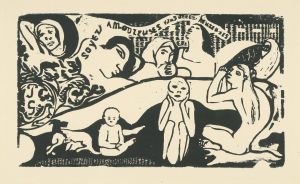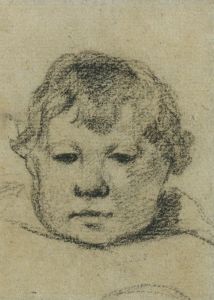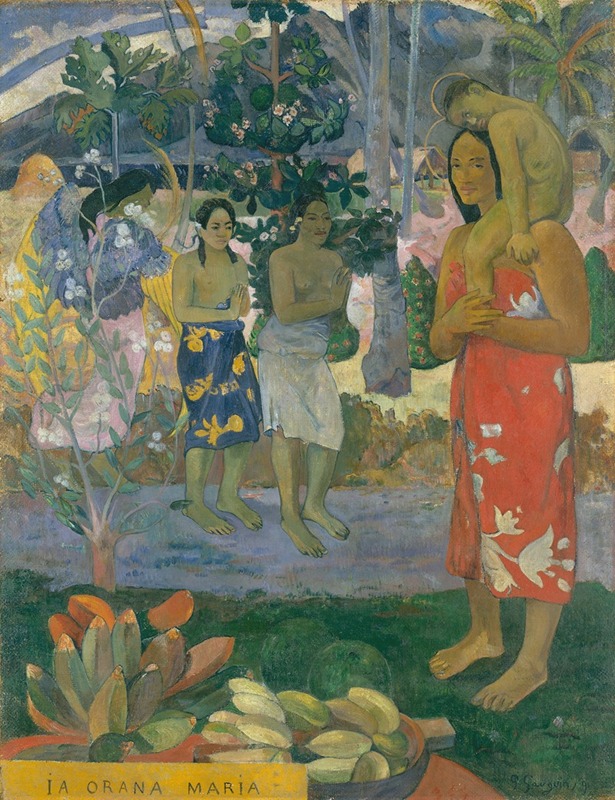
Ia Orana Maria
A hand-painted replica of Paul Gauguin’s masterpiece Ia Orana Maria, meticulously crafted by professional artists to capture the true essence of the original. Each piece is created with museum-quality canvas and rare mineral pigments, carefully painted by experienced artists with delicate brushstrokes and rich, layered colors to perfectly recreate the texture of the original artwork. Unlike machine-printed reproductions, this hand-painted version brings the painting to life, infused with the artist’s emotions and skill in every stroke. Whether for personal collection or home decoration, it instantly elevates the artistic atmosphere of any space.
"Ia Orana Maria" (Hail Mary) is an oil painting created by the French post-impressionist artist Paul Gauguin in 1891. This artwork is one of Gauguin's most notable pieces from his first visit to Tahiti, where he sought to escape European civilization and immerse himself in what he perceived as a more primitive and pure culture. The painting is currently housed in the Metropolitan Museum of Art in New York City.
The painting depicts a Tahitian interpretation of the Christian theme of the Virgin Mary and the angel Gabriel. In "Ia Orana Maria," Gauguin presents a native Tahitian woman and child, symbolizing Mary and Jesus, accompanied by an angel with yellow wings. The figures are set against a lush, tropical landscape, characterized by vibrant colors and exotic flora, which are hallmarks of Gauguin's Tahitian works. The angel, with its distinctive wings, gestures towards the mother and child, echoing the traditional Annunciation scene in Christian art.
Gauguin's use of color in "Ia Orana Maria" is particularly striking, with bold contrasts and a palette that includes deep greens, bright yellows, and rich reds. This vivid use of color reflects Gauguin's departure from the naturalistic tones of European art and his embrace of a more symbolic and expressive approach. The composition is also notable for its synthesis of Christian iconography with Polynesian elements, reflecting Gauguin's interest in blending different cultural motifs.
The title "Ia Orana Maria" is derived from the Tahitian language, meaning "Hail Mary," which underscores the fusion of Western religious themes with local culture. Gauguin was known for his fascination with the spiritual and mystical aspects of the cultures he encountered, and this painting exemplifies his attempt to reinterpret Christian themes through the lens of Tahitian society.
Gauguin's time in Tahiti was marked by a complex relationship with the local culture. While he sought to capture the essence of Tahitian life, his works often reflect a romanticized and sometimes inaccurate portrayal of the island and its people. "Ia Orana Maria" is a prime example of this, as it blends Gauguin's artistic vision with his perceptions of Tahitian spirituality and identity.
The painting is significant not only for its artistic qualities but also for its role in Gauguin's broader body of work. It represents a key moment in his career when he was moving away from the influences of Impressionism and towards a more personal and symbolic style. Gauguin's Tahitian paintings, including "Ia Orana Maria," have had a lasting impact on the art world, influencing subsequent generations of artists and contributing to the development of modern art.
"Ia Orana Maria" continues to be celebrated for its innovative use of color, composition, and cultural synthesis. It remains an important work for understanding Gauguin's artistic journey and his exploration of themes related to spirituality, identity, and the intersection of different cultures.





